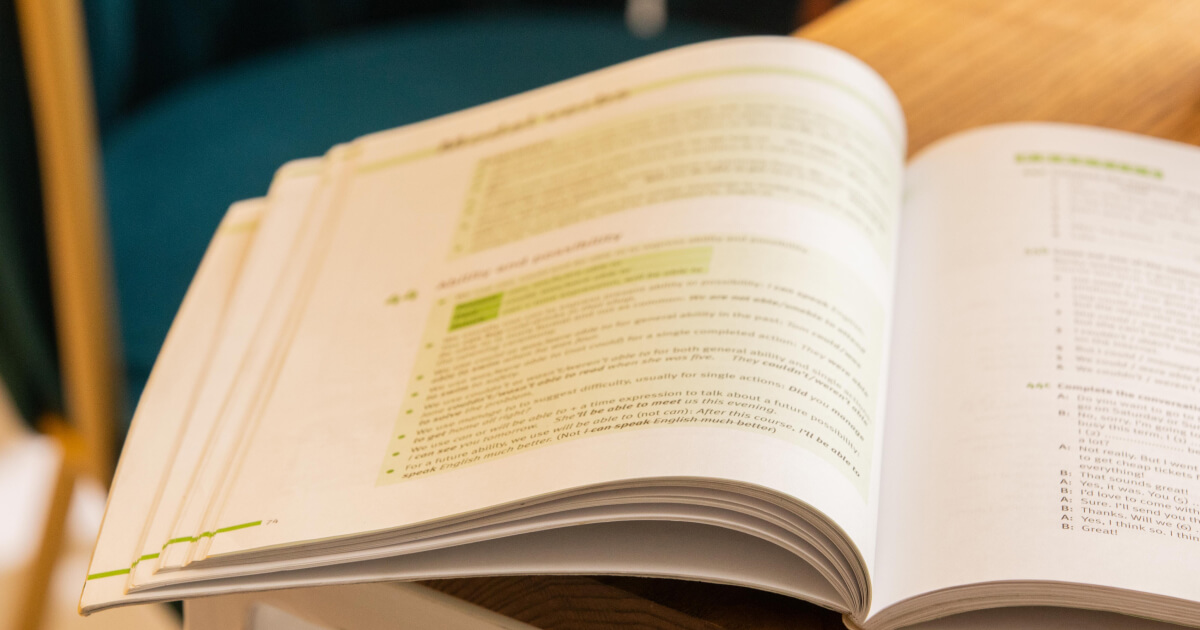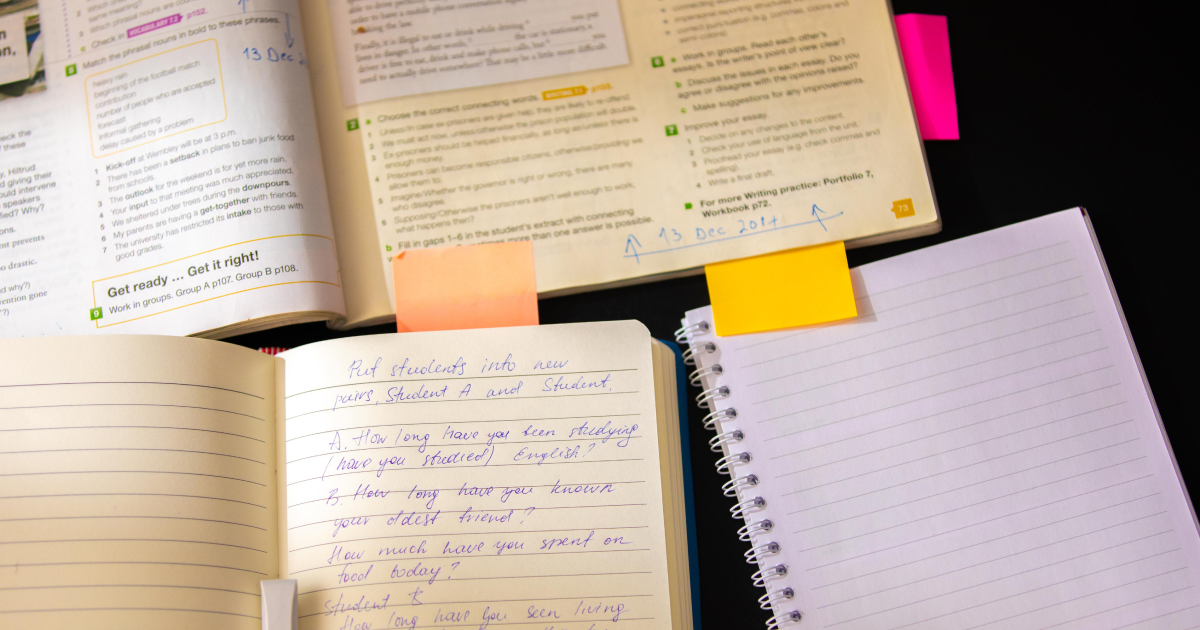Upgrading listening with the help of subtitles: how it works
- Listening
- Teaching qualifications
- Activities
- Tips & Strategies
- Methodology

07.09.2023
One of the main aims of any professional teacher is evaluating students’ progress by analyzing all the work and gained skills throughout the course, after it and sometimes even before its start.
How to make assessment as efficient and appropriate as possible? What types can we name and how should we pick the one? We are going to address these issues in the article.

Make your first steps in ESL teaching
Get prepared with our course!The type of assessment is defined by the time when it's used, the amount of material, and the content that is used.
Although certain scientists state that all types can be divided between two broad categories of formative and summative assessment, we are going to discuss some of the types within these two categories as well:
| Formative assessment | Summative assessment |
| Diagnosis | Confirmative |
| Interim | Norm-referenced |
| Criterion-referenced | |
| Ipsative | |
And now let’s look closer at each type and see how exactly they can be used.

First of all, formative and summative assessments have different purposes.
While formative type is focused on the development of the student during the whole course, spotting the weaknesses and working them out in order to develop the knowledge and skills, summative assessment is supposed to provide the teacher with the comprehensive summary of the student’s results at the end of the course.
Therefore, we use formative assessment to “improve instruction and provide students feedback” while summative assessment is used to simply estimate the student’s proficiency.
Formative kind of assessment is performed regularly throughout the whole course and aims to track the student’s development throughout a certain period of time (unit, course, term), summative assessment is held at the end of the term or course to get the final result of the studying process.
Teach English to adults effectively
Moreover, formative assessment is extremely important to the students, as they can see where exactly they make a mistake and what can be done about it to improve the results.
Summative assessment, on the other hand, can show them whether they have reached a certain grade- or level-goal.
Formative assessment helps teachers to see how comprehensive the topic is for their students at a certain point, while summative assessment gives an opportunity to grade students according to their performance.
Before moving further you may watch this short video to sum up all the peculiarities mentioned above.
So, formative type can be defined by the following characteristics:
Thus, depending on the time of performance and the amount and type of the material, the following types of assessment within the formative category can be used:
How to set the aim for your lesson?
Diagnosis assessment is also known as pre-assessment. It is usually used at the beginning of the term or course in order to collect information about the knowledge that students already possess.
This type of analysis is useful to understand your students’ strengths and weaknesses and adapt the course, instructions and your expectations.
Naturally, students don’t get any grades for such tasks. The aim is to collect and analyze the data.
The teacher has to create a set of questions that students are expected to know the answers to without any prior preparation.
In this way, the results of such an assessment highlight the gaps or extra knowledge and help the teacher to understand the audience better.

Interim assessment is performed as a pre-summative assessment. In other words, it is the last chance for both the students and the teacher to analyze their strengths and weaknesses and get feedback on what needs to be improved or revised before the final assessment at the end of the term.
The interim type is supposed to be done right before the final summative assessment in order to spot the most common mistakes and even predict possible results.
The tasks should have some resemblance to the activities that will be given during the summative assessment. This is how the teacher may get accurate information while students get a chance to practice completing a certain type of tasks and prepare themselves for the final test.
Tips on checking understanding with ease
We have already discussed the principles of the formative type, but what should an ESL teacher do to make it as effective as possible?
Here are some hacks you can use:

As we have already mentioned, the characteristics that make the difference between summative and formative assessment are the following:
And now, let’s look closer at some common types of the summative type.
Create a good test
We may treat confirmative assessment as an overexaggerated form of the summative assessment, as its main purpose is confirming whether the instruction was effective enough to be remembered by students even after a quite long period of time.
A revisional test after summer holidays might be an example of confirmative assessment.
Tasks for confirmative assessment should cover a broad range of topics learnt over a rather long period of time.

The most interesting type is ipsative assessment, which can be included into both formative and summative categories as it is performed to see the developments that have been made since the last summative assessment.
The aim of ipsative type of assessment is not grading but analyzing improvements even though it has a high resemblance to the previous summative test.
However, it might be done only after summative assessment, which stops us from including it into the formative category only.
Prepare to teaching exam effectively!
Summing up the whole course is not as easy as it may seem.
Here are some of our hacks to make this process more manageable:

As we can see, there are so many ways to assess our students: everything depends on the situation and your objectives!
Don’t forget to join our community of professionals to get even more effective tips and strategies on analyzing your students’ work effectively!
And to sum up all the assessment types that we have discussed, let’s look through a couple of final questions.
What type of assessment is performed at the end of the course?
What type of assessment is focused on providing students with feedback and advice?
Summative assessment should be very creative.
Arina Kravchenko
Author
Teacher of General English & IELTS
Comments
Leave your comment